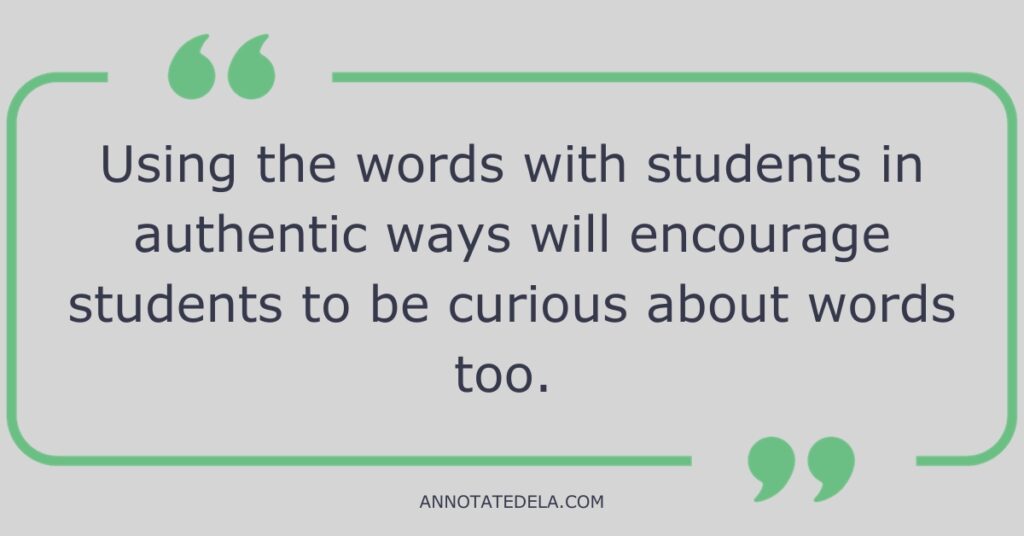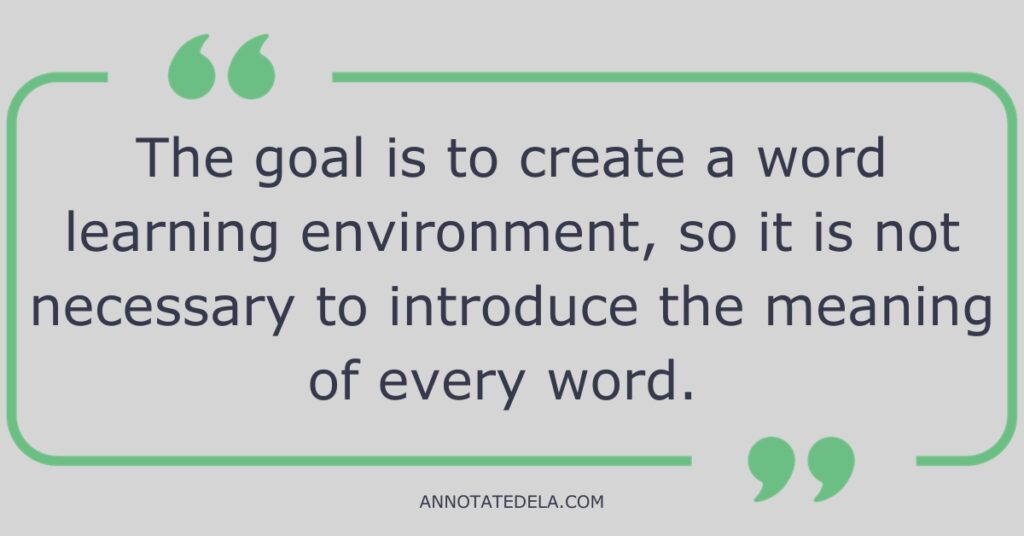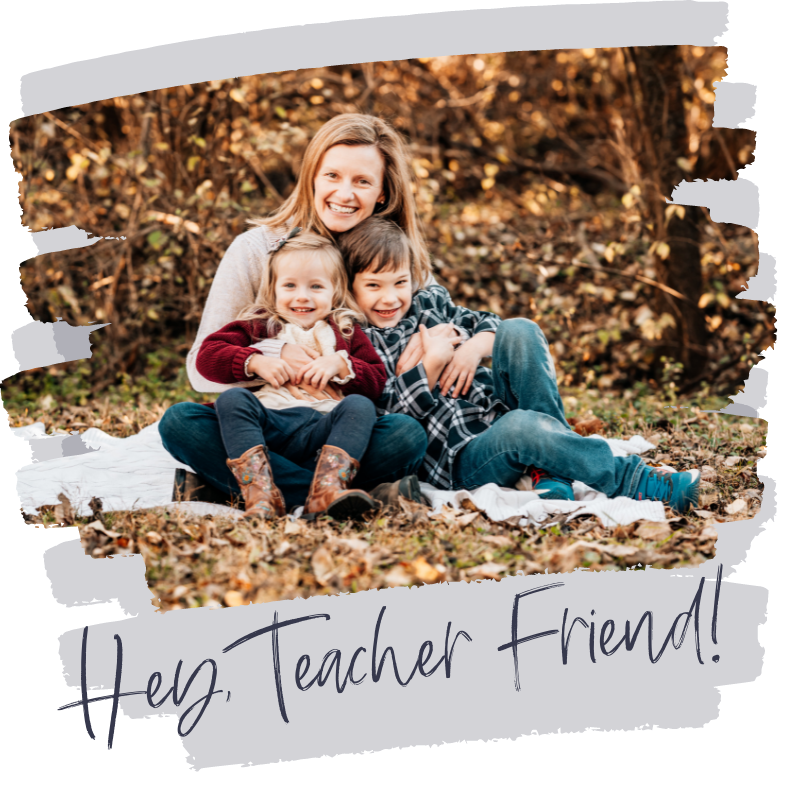Engaging students in word learning at any age can be like pulling teeth. Not to mention that finding time to teach vocabulary can feel impossible, but it doesn’t have to be. Let’s explore four tips for creating a rich word-learning environment that fits your daily classroom routine.
What is a Rich Word Learning Environment?
A rich word learning environment is 2 things:
- Consistently using words that have been taught.
- Using every opportunity to use and expose students to new words.
Although students need multiple exposures to a word to learn the word, there is still value in exposing students to words whenever possible. Even if, as a class, the words are not being tracked.
This helps students to become “word aware” and interested in words.

Tip 1: Paying Attention to Words
Simply asking students to pay attention to words may not be enough.
Consider making it a game/challenge where students can earn points or improve their grades.
The teacher can create expectations for “finding” the words outside of the classroom by asking students to
- Listen for the use of words on the TV
- Look for words in print
- Use the words with their parents
- Find examples of something that is the word
- Ask students to provide suggestions of words to add to their repertoire
- There are no limits on how to get students excited about words.
Tip 2: Using Mature Language
Using mature language to help students with word learning is when teachers bring words to the classroom.
Teachers can pull from events and happenings outside of the classroom. The teacher can bring mature language to the students.
Teachers should model awareness of and be interested in words.
Using the words with students in authentic ways will encourage students to be curious about words too.
The hope is that students will begin to ask what words mean, seek the meaning of unknown words, and be excited about words.

Tip 3: Word Resources
Dictionary and Thesaurus
Dictionaries and a thesaurus are obvious word resources. Think dictionary.com and thesaurus.com.
Prompt students to explore several different dictionaries to call attention to the flexibility of words and the many different meanings.
The thesaurus can be used to ask students to compare and contrast the meanings of different synonyms and how they are alike and different from the original word.
Literature and Poetry
Text and poetry are wonderful sources for words. While reading the teacher and the students can recognize the use of words in the text and the richness it brings to the language and context.
But, What Do You Do with the Words?
The goal is to create a word learning environment, so it is not necessary to introduce the meaning of every word.
Spontaneously using words does not mean that every word used needs to be tracked or displayed.
Determining which words to keep around depends on the teacher and the students.
The teacher can create a special place to keep words that are “wonderful” and put them up if it is a word that will “stick” around the classroom
When students ask what the word means after the teacher uses it, it is often easier to come up with an example to define a word than a definition.
If it is appropriate at the moment, students can look up the word. This can also be done later in the day or on their own.
The important thing is to use words students may not be familiar with whenever possible.

Tip 4: Exploring Within and Across Words
Exposing students to unfamiliar words is not the only way to create a rich word learning environment.
It is also beneficial to explore words students are familiar with, but may not know much about the word.
Exploring and understanding words helps students make connections to other words and shades of meaning.
When the teacher models a genuine interest in words, word meanings, and how and when words are used students get excited too.
Language is a deep and complex topic, so exposing students to how words are used helps them understand language.
The key to creating a rich word-learning environment is
- Using sophisticated words when the opportunity arises
- Getting excited about words and emotions words evoke
- How words are used to create meaning.
When this happens, the classroom is full of possibilities for exploring words and using words in a word-learning environment.




One Response